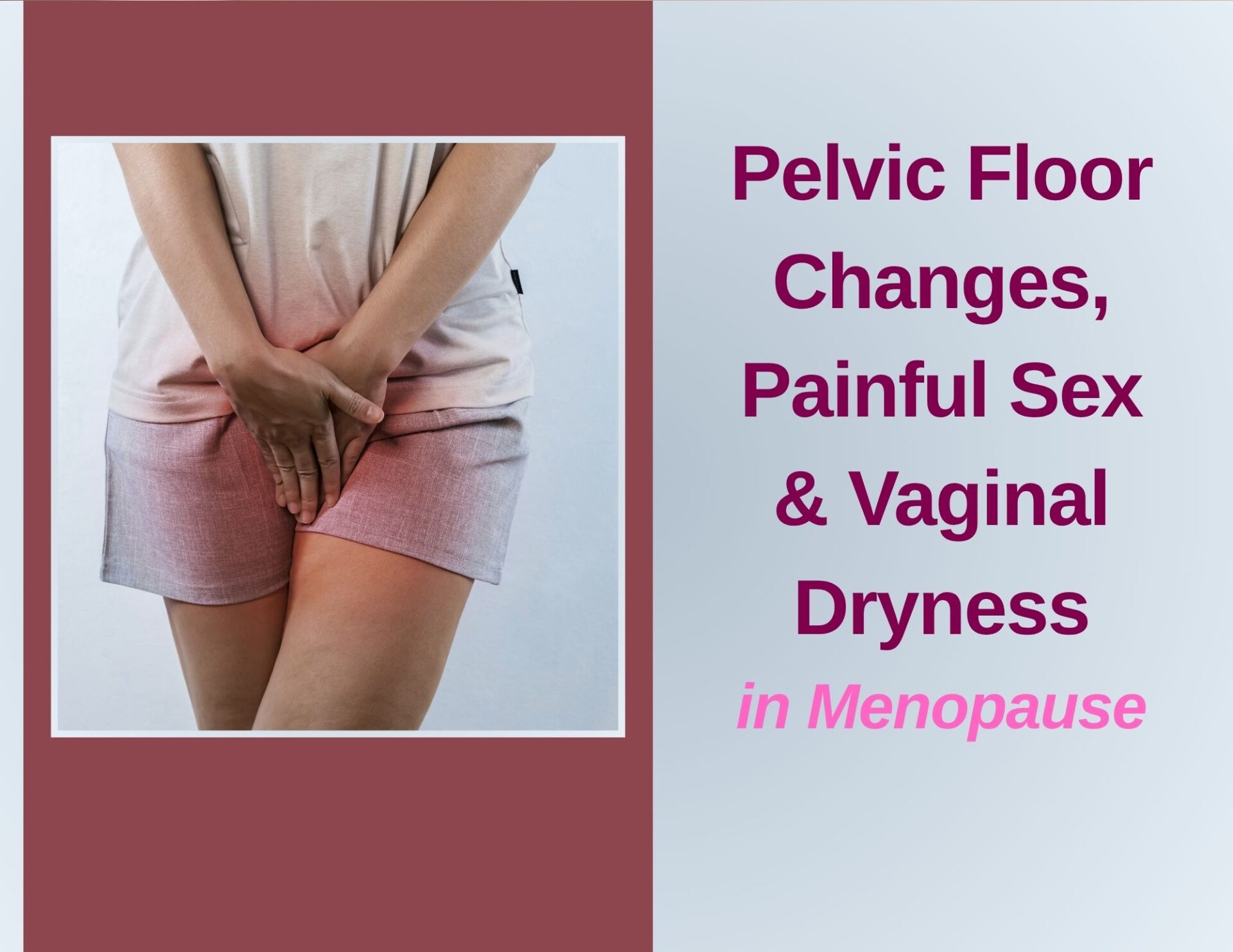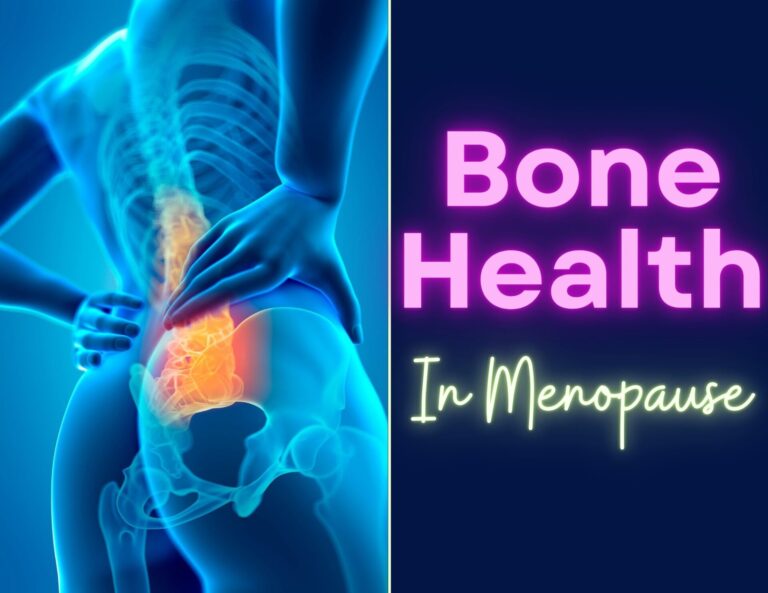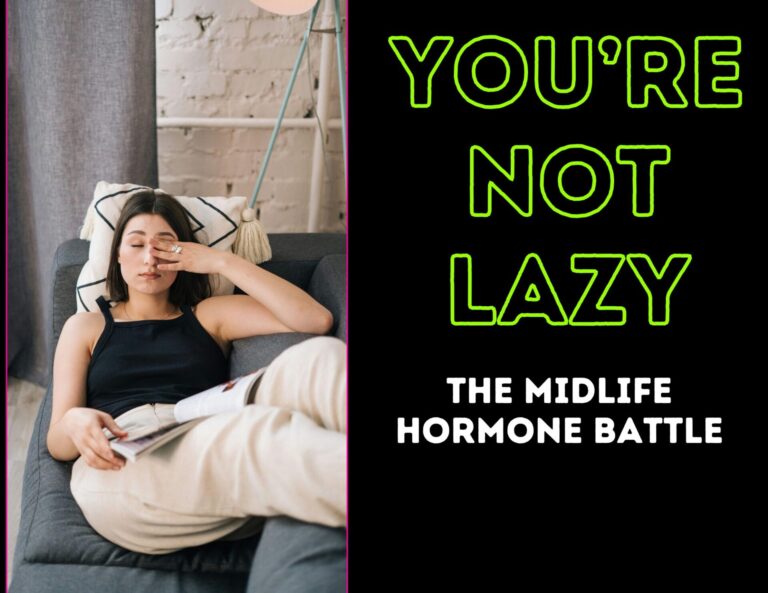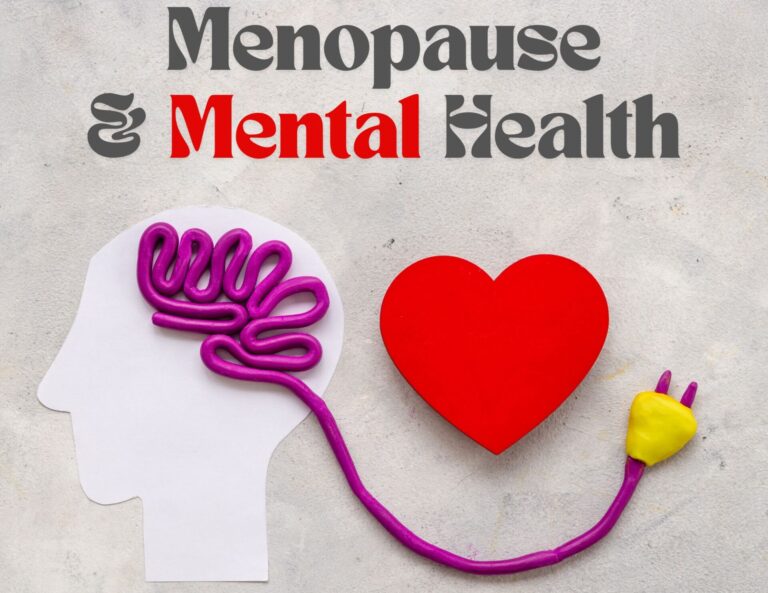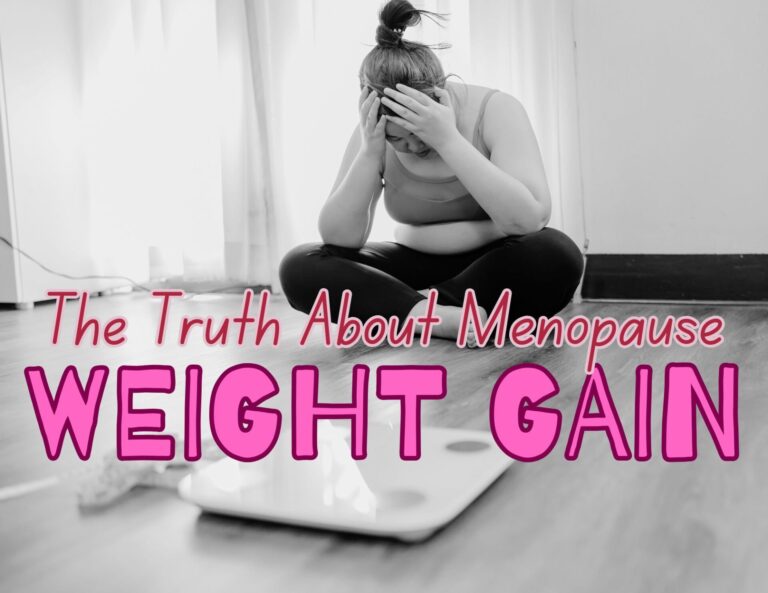This post may contain affiliate links. Read the full disclosure here.
Let’s Talk About It (With Treatment Options): Pelvic Floor Changes, Painful Sex & Vaginal Dryness in Menopause
When it comes to menopause, there are some symptoms no one really warns you about. The ones that feel too uncomfortable or “taboo” to talk about—like vaginal dryness, painful sex, and unexpected pelvic floor changes.
👉 But here’s the truth: these symptoms are incredibly common. And you deserve to understand what’s happening, why, and what you can actually do to feel better.
🤷♀️ What’s Going On?
During perimenopause and menopause, estrogen levels drop significantly. Estrogen isn’t just about periods and pregnancy—it plays a huge role in keeping vaginal tissues healthy, elastic, and well-lubricated.
As estrogen declines, the vaginal walls can become thinner, drier, and more fragile. This condition is sometimes called Genitourinary Syndrome of Menopause (GSM), and it can lead to:
- Vaginal dryness and irritation
- Pain or discomfort during sex
- A frequent need to urinate
- Increased risk of UTIs
- A weakening of the pelvic floor
Many women are surprised to learn that these symptoms don’t just fade away on their own—and they can persist or worsen without support.
🫶 You Are Not Alone (And This Is Treatable)
Nearly half of all postmenopausal women experience these kinds of symptoms, but only a small percentage ever bring them up with their doctor.
Why? Shame. Embarrassment. Or just assuming this is “the new normal.” It’s not. And there’s help.
Treatment Options: What Works?
🌸 Hormone Therapy
Local estrogen therapy (like vaginal estrogen creams, rings, or tablets) is one of the most effective treatments for vaginal dryness and GSM. It delivers low-dose estrogen directly to the area and doesn’t carry the same systemic effects as other forms of HRT. This can restore elasticity, moisture, and comfort.
🚥 If you’re considering this route, talk to your trusted healthcare provider or OB-GYN about your options.
🛟 Non-Hormonal Support
Not everyone can or wants to use hormone therapy. Thankfully, there are plenty of supportive tools that can make a big difference:
Lubricants & Moisturizers 🧴
Use silicone- or water-based lubricants during sex, and vaginal moisturizers 2–3x a week to maintain comfort and elasticity. I recommend trying uberlube.
Pelvic Floor Therapy 👩⚕️
Pelvic floor physical therapy can help with urinary urgency, incontinence, or pain. These trained specialists help you strengthen and reconnect with your body in powerful ways.
Regular Sexual Activity 🏩
Yep, keeping things active (with or without a partner) can improve circulation and maintain tissue health.
Lifestyle Support 🍎
Hydration, stress reduction, and nutrient-rich foods all support vaginal and pelvic floor health.
Why We Need to Normalize These Conversations
It’s wild that so many women suffer in silence over something so treatable. Talking about your symptoms doesn’t make you weak—it makes you informed and empowered.
This is a natural part of menopause, not something to be ashamed of.
💡 Bottom Line
Changes to your vaginal health during menopause are incredibly common—but you don’t have to just live with them. There are effective treatments, supportive lifestyle changes, and real solutions out there. Start with a conversation. You deserve relief, intimacy, and confidence in your body at every stage of life.
💗 Join StrongHER Together
Ready for deeper support? StrongHER Together is my private community for women navigating perimenopause and menopause — a space for connection, expert coaching, wellness challenges, and real talk. Whether you’re seeking clarity, confidence, or just a circle of women who get it, you’ll find it here.

